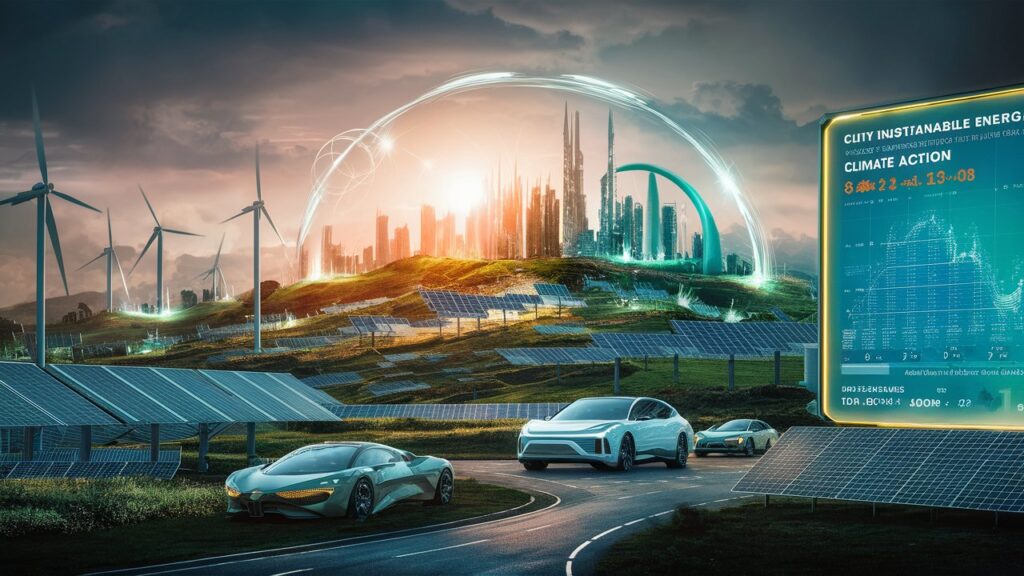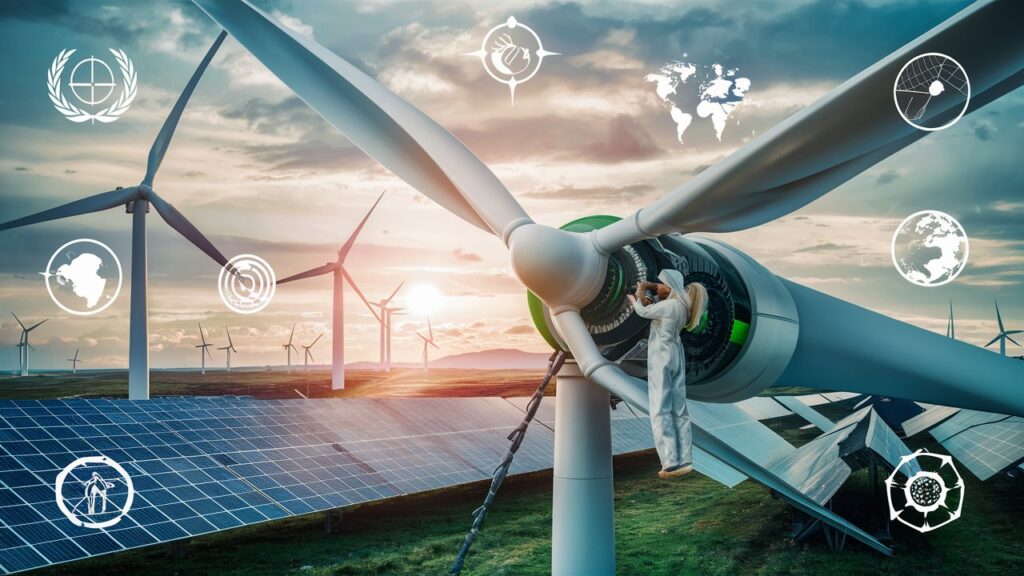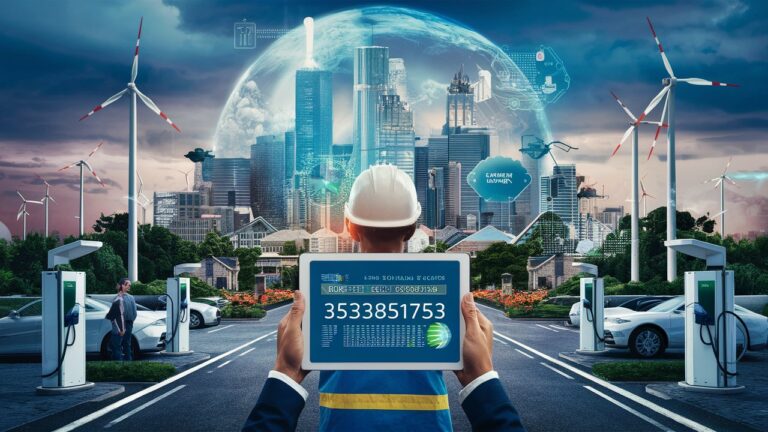Introduction
The number 3533851753 may seem arbitrary, but it symbolizes a critical truth: our planet’s future hinges on urgent, coordinated action. As climate change accelerates, the global shift toward renewable energy has evolved from idealism to necessity. This article explores groundbreaking innovations, systemic challenges, and scalable solutions transforming how humanity powers its future. We’ll dissect key technologies, policies, and behavioral shifts underpinning the sustainable energy revolution—proving that “3533851753” isn’t just a digit sequence, but a catalyst for collective responsibility.
1. Renewable Energy Sources: Beyond Fossil Fuels
Keywords: Solar Photovoltaics, Wind Turbines, Geothermal Systems
Solar photovoltaics (PV) convert sunlight directly into electricity using semiconductor materials, with efficiency rates now exceeding 22% in commercial panels. Innovations like bifacial modules capture reflected light, boosting output by 30%. Wind turbines, both onshore and offshore, leverage aerodynamic blades to harness kinetic energy; modern designs exceed 200-meter heights, accessing steadier winds for consistent generation. Geothermal systems tap subterranean heat through wells drilled miles deep, offering baseload power unaffected by weather. Together, these technologies reduce reliance on fossil fuels, cutting CO₂ emissions by gigatons annually.
2. Energy Storage Breakthroughs: Solving Intermittency
Keywords: Lithium-Ion Batteries, Grid-Scale Storage, Hydrogen Fuel Cells
The intermittency of renewables demands advanced energy storage. Lithium-ion batteries dominate due to falling costs (down 89% since 2010) and rising energy density. For grid-scale storage, flow batteries—using liquid electrolytes—enable 10+ hour discharge cycles, stabilizing supply during peak demand. Hydrogen fuel cells convert H₂ into electricity via electrochemical reactions, emitting only water. “Green hydrogen,” produced using renewable-powered electrolysis, promises decarbonization for heavy industries like steel and shipping.
3. Smart Grids: The Digital Backbone of Sustainability
Keywords: IoT Sensors, Demand Response, Microgrids
Modern energy distribution relies on smart grids—digital networks integrating IoT sensors for real-time monitoring of voltage, consumption, and faults. Demand response programs incentivize users to shift usage to off-peak hours, flattening load curves. Microgrids localize generation and storage, enhancing resilience; during California’s wildfires, solar-powered microgrids kept hospitals operational. These systems optimize renewable integration, reducing waste and preventing blackouts.

4. Policy Frameworks: Accelerating Global Adoption
Keywords: Carbon Pricing, Renewable Portfolio Standards (RPS), Feed-in Tariffs
Effective policies catalyze renewable deployment. Carbon pricing imposes fees on emitters, internalizing climate costs—Sweden’s $137/ton tax slashed emissions by 27%. Renewable Portfolio Standards mandate utilities to source a percentage of power from renewables; New York’s 70% RPS target by 2030 drives offshore wind investments. Feed-in tariffs guarantee fixed prices for renewable producers, spurring Germany’s solar boom in the 2010s.
5. Consumer Empowerment: Decentralization and Choice
Keywords: Rooftop Solar, Community Energy, Electric Vehicles (EVs)
Energy democratization puts power in consumers’ hands. Rooftop solar allows households to generate and sell surplus electricity. Community energy projects—like Scotland’s Orkney Islands—pool resources for shared wind/solar farms. Electric vehicles double as mobile storage units; vehicle-to-grid (V2G) tech lets EVs feed power back during shortages. These choices decentralize control, fostering grassroots climate action.
6. Challenges Ahead: Infrastructure and Equity
Keywords: Grid Modernization, Energy Poverty, Supply Chain Ethics
Transition hurdles include aging infrastructure requiring grid modernization—a $20 trillion global investment by 2040. Energy poverty persists where renewables remain inaccessible; Africa receives <3% of clean energy funding despite vast solar potential. Supply chain ethics also loom: cobalt mining for batteries often involves human rights abuses. Solutions demand inclusive finance and ethical sourcing frameworks.
Conclusion
The sequence “3533851753” mirrors the complexity of our energy transition: multifaceted, urgent, and universally significant. From smart grids to green hydrogen, innovation is outpacing skepticism. Yet success hinges on merging technology with equity—ensuring frontline communities lead the change. As costs plummet and policies solidify, a fossil-free future isn’t just plausible; it’s inevitable. Our task? To transform digits into deeds, making “3533851753” a symbol of hope, not hesitation.

Frequently Asked Questions (FAQs)
Q1: Why is renewable energy adoption still slow in some regions?
A: Barriers include upfront costs, fossil fuel subsidies, and grid limitations. Emerging economies often lack financing for infrastructure, while political inertia delays policy shifts in oil-dependent nations.
Q2: Can renewables fully replace fossil fuels?
A: Yes—but requires complementary solutions: enhanced storage, green hydrogen for industry, and intercontinental grids to balance regional supply gaps.
Q3: How do electric vehicles (EVs) support renewable integration?
A: EVs store excess solar/wind power. Smart charging aligns with peak generation times, while V2G technology turns parked cars into grid-stabilizing assets.
Q4: What role do individuals play in the energy transition?
A: Adopting rooftop solar, choosing EVs, reducing consumption during peak hours, and advocating for policy changes collectively drive demand and accountability.
Q5: Is nuclear energy part of a sustainable future?
A: Advanced modular reactors offer zero-emission baseload power but face high costs and waste concerns. Most models prioritize renewables + storage for scalability and safety.
The number “3533851753” represents the article’s core message: 3.5 billion tons of CO₂ reduced annually by 2035 via 3 key actions—policy, tech, and public mobilization—to secure 1 planet for 7.53 billion people.
